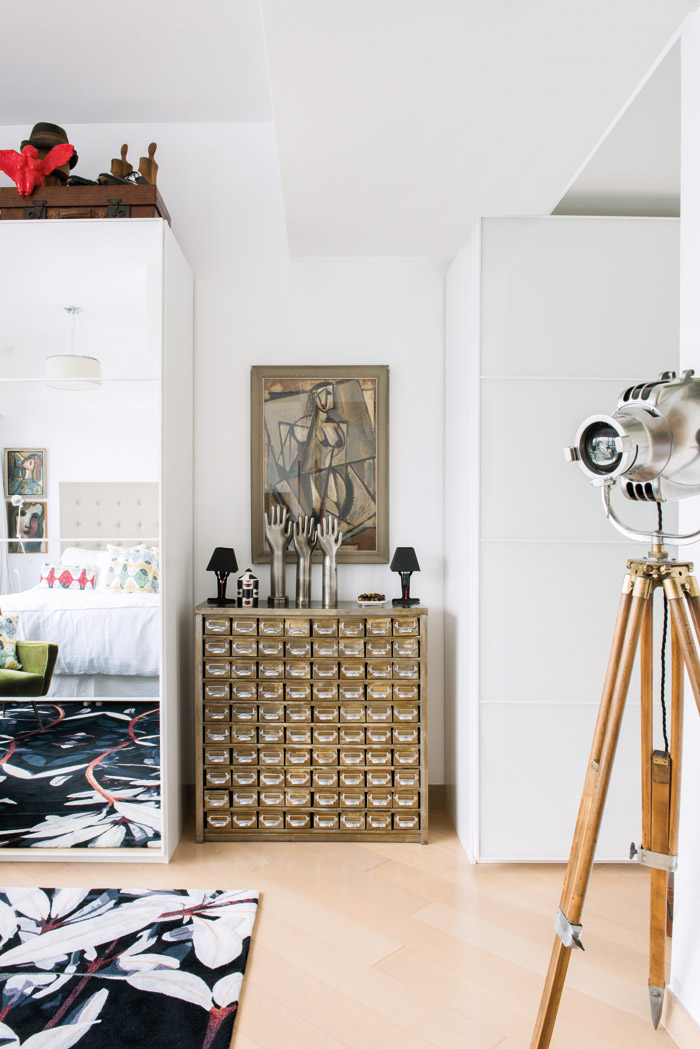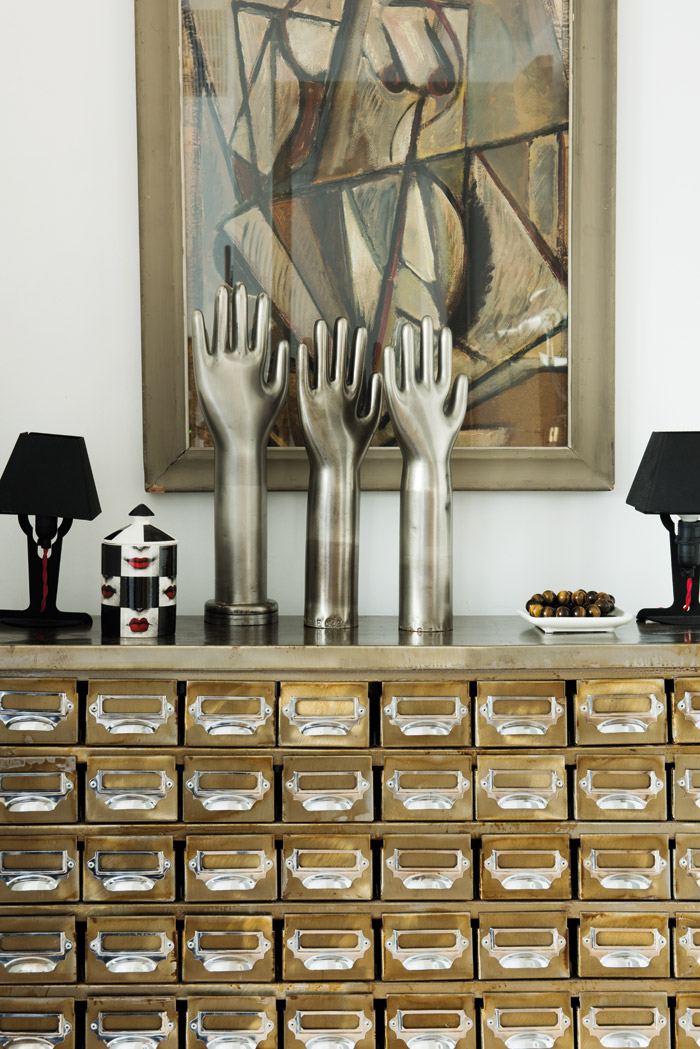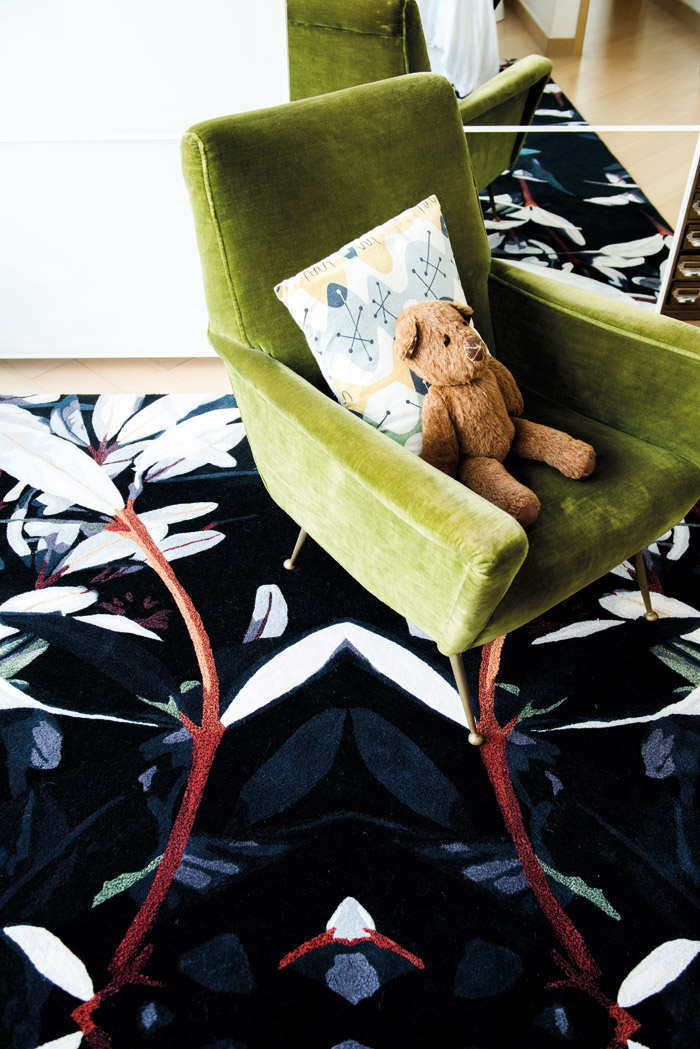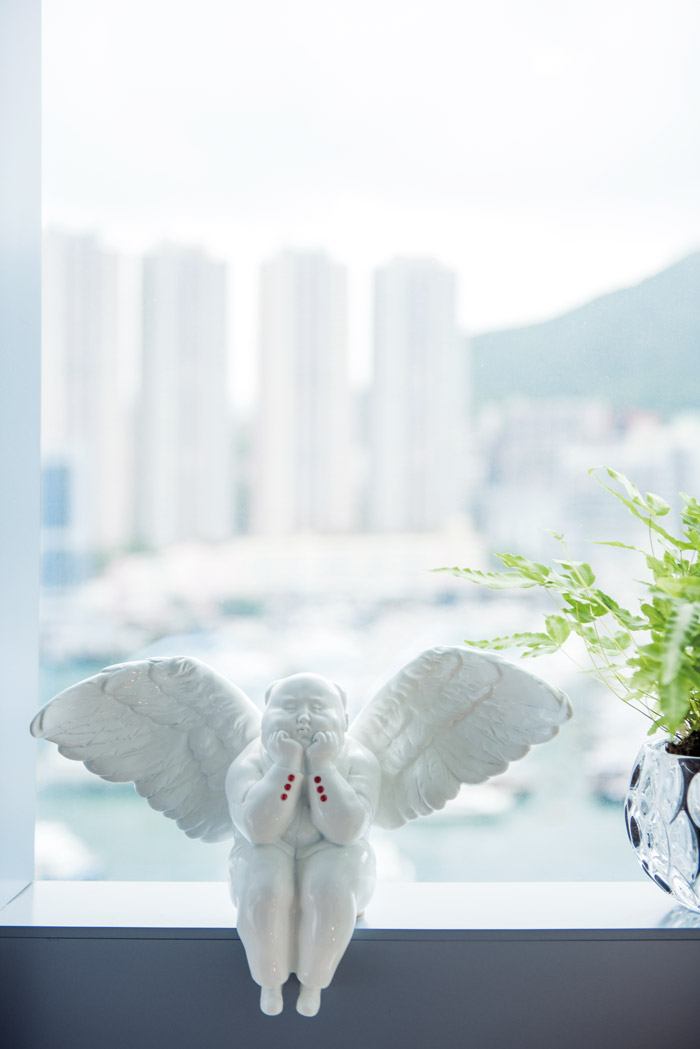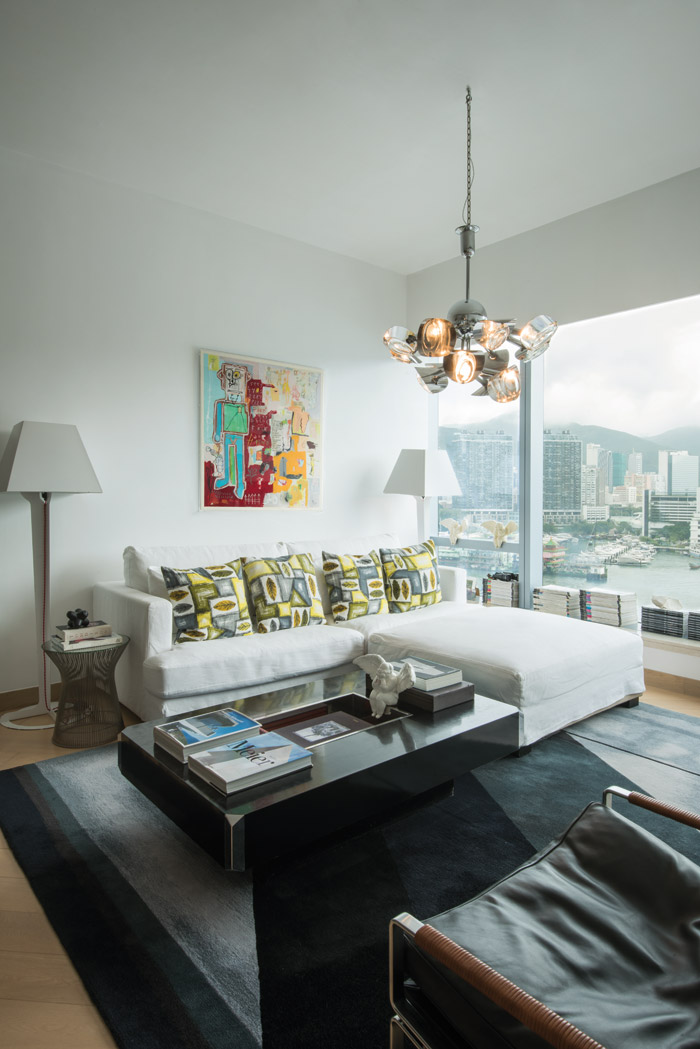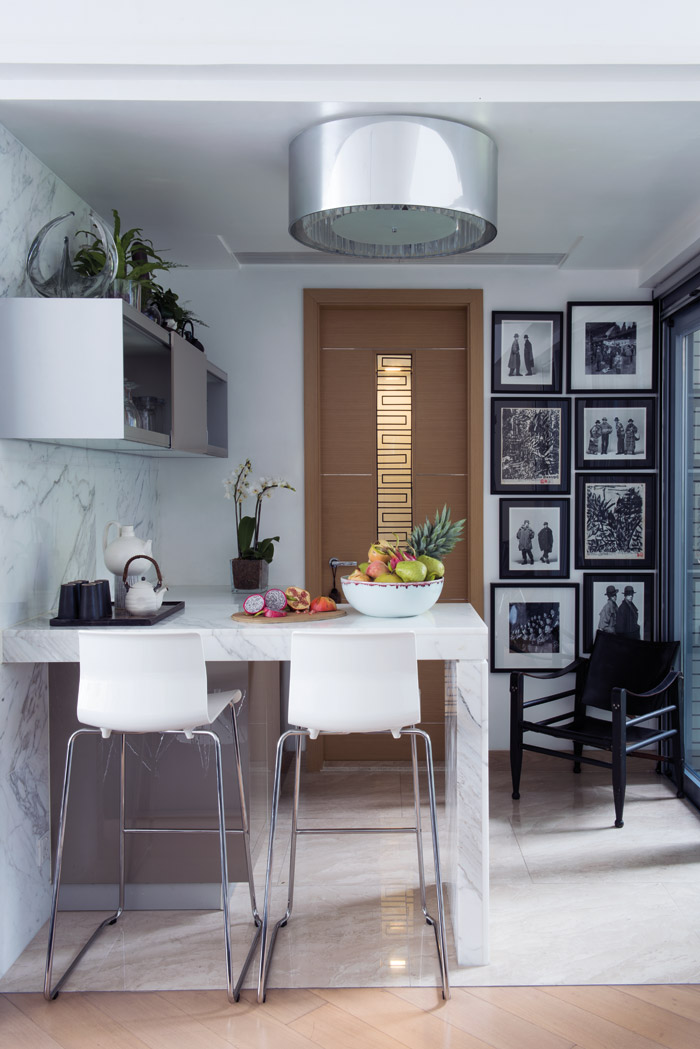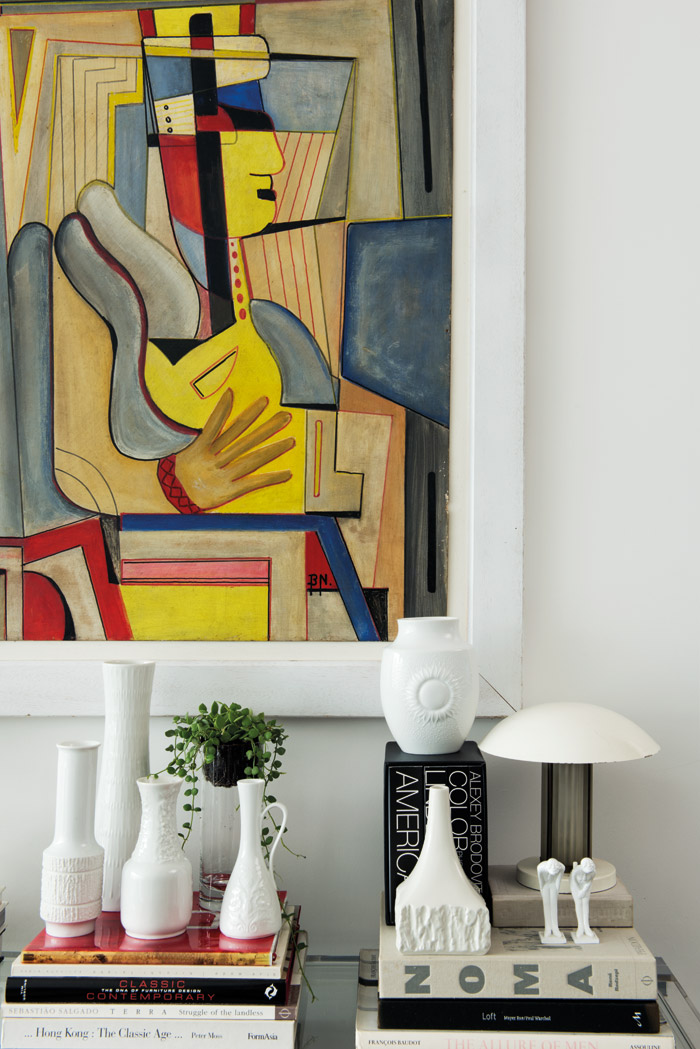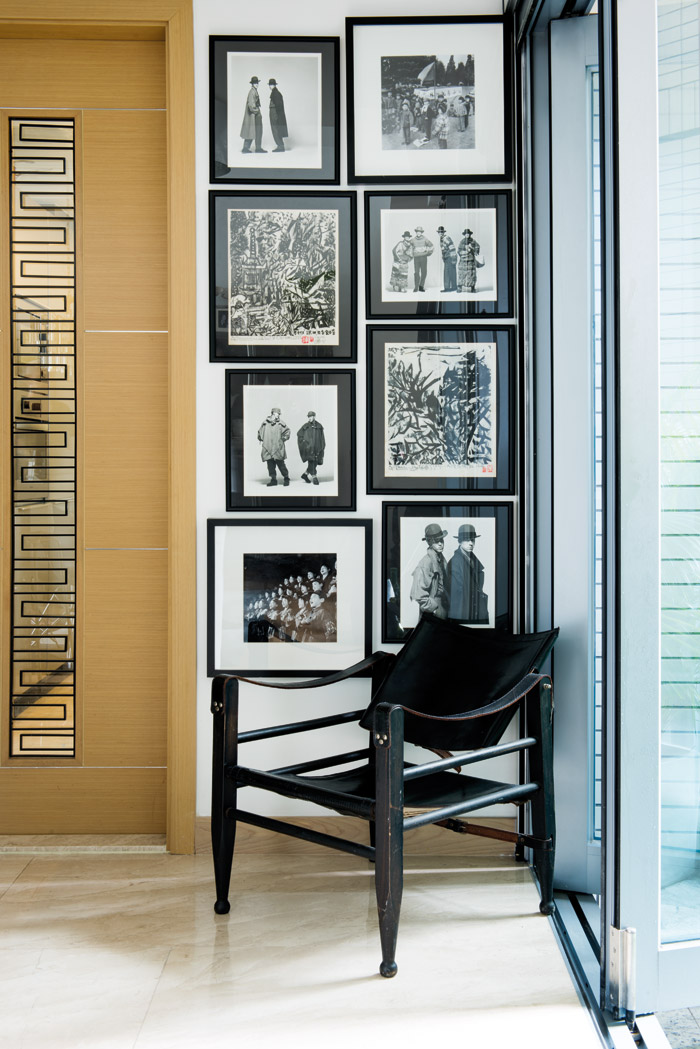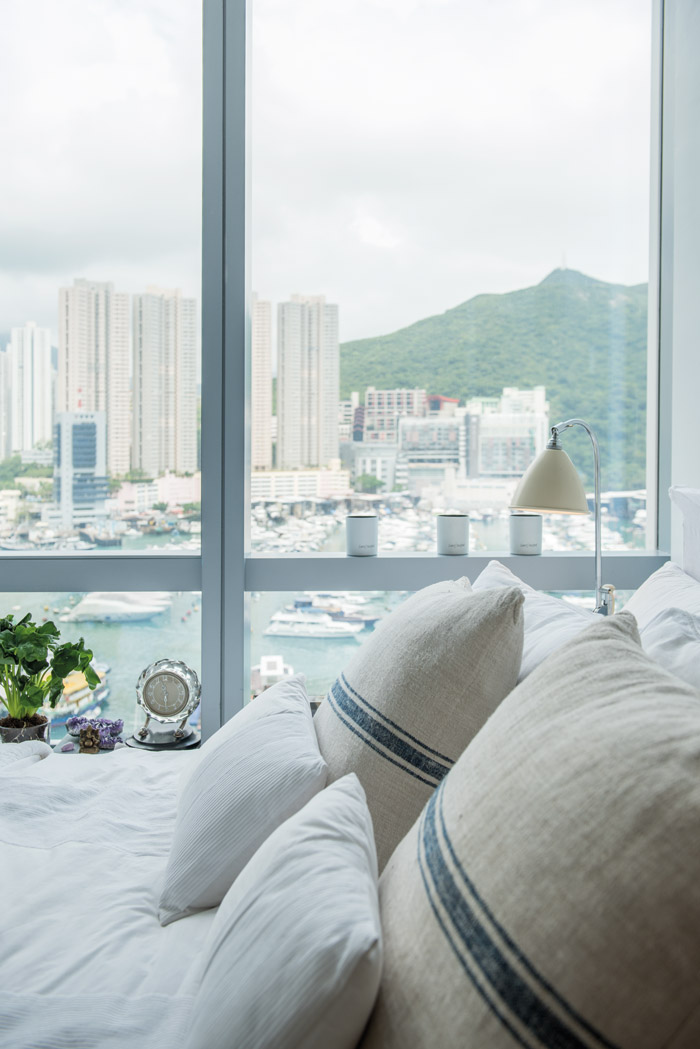There has been much debate in the creative community about the relationship between style and taste; whether they are inherent qualities or can be learned.
Former editorial director of Condé Nast James Truman once asserted that, Style without taste is like a singer without a song. Taste without style is an impossibility – an accident that never happens, and if we are to accept the synergy of these two qualities as a certitude, the Ap Lei Chau apartment of Ross Urwin and Darrel Best – founders and directors of creative agency Infrastructure, which is responsible for, among other things, Design Shanghai – is an embodiment of what happens when they manifest.

The couple moved to the south-side of Hong Kong Island from Sai Kung almost a year ago, swapping a three-storey townhouse with outside space and direct sea access for a two-bedroom apartment in a modern development.
The downsize facilitated the purchase of a 1920s weatherboard-clad bungalow in the small Australian town of Mullumbimby, which they retreat to whenever their busy schedules allow, at the same time making life in Hong Kong much more convenient.
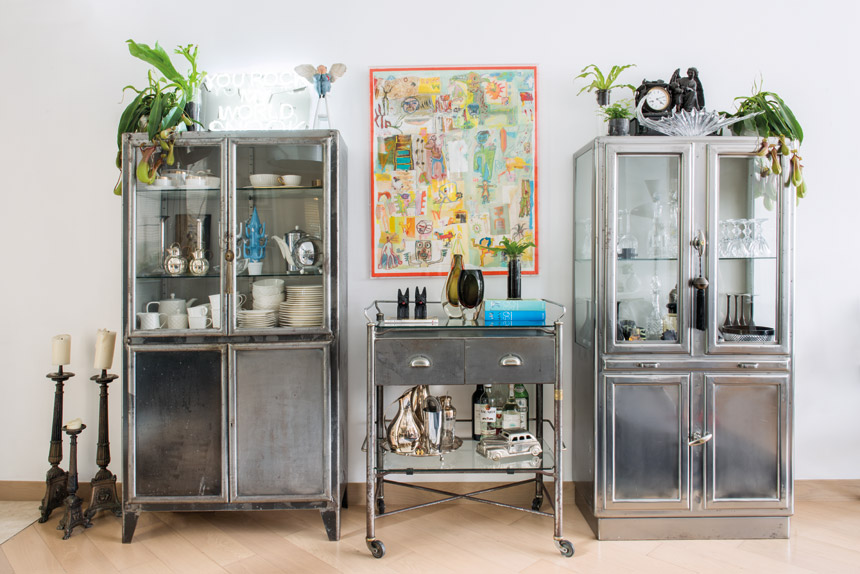
“At first it was odd being in an apartment after nine years of living in a townhouse,” explains Ross, before listing some of his favourite things about their new living situation. “I love the brightness of the apartment, the practical use of space and, surprisingly, the bird song every morning.”
“Also, [I love] the equally stunning views of the harbour and the South China Sea with the constant juxtaposition of old and new Hong Kong. The Jumbo [Floating Restaurant] lit up at night is such an iconic landmark, which exists alongside the traditional sampans and fishing boats that cut in and out between the weekenders on their yachts.”
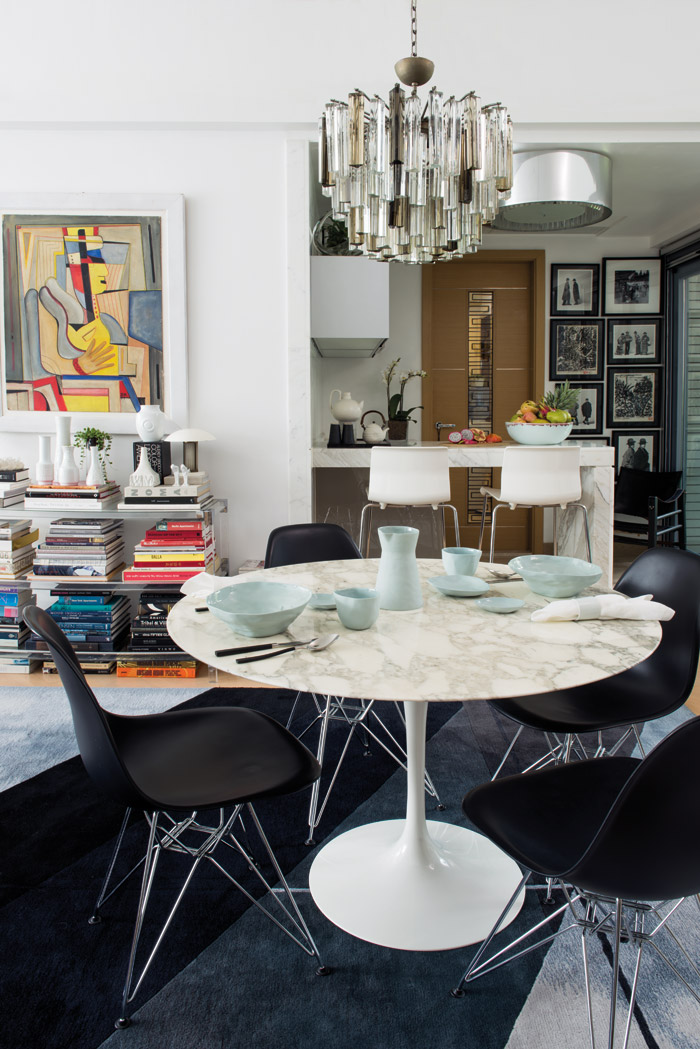
It’s hard not to be seduced by the scenes that play out from floor-to-ceiling windows running the length of the apartment – the machinations of working shipyards, the sun reflecting off the sleek lines of pleasure boats moored at Aberdeen Marina Club, and majestic black kites swooping and diving in pursuit of prey.
However, as captivating as the outside world is, the interior of Ross and Darrel’s home has yet more to offer, uniting vintage and modern appointments, artworks and accessories that weave an inspiring narrative through their histories and aesthetic harmony.
I love the brightness of the apartment, the practical use of space and, surprisingly, the bird song every morning.
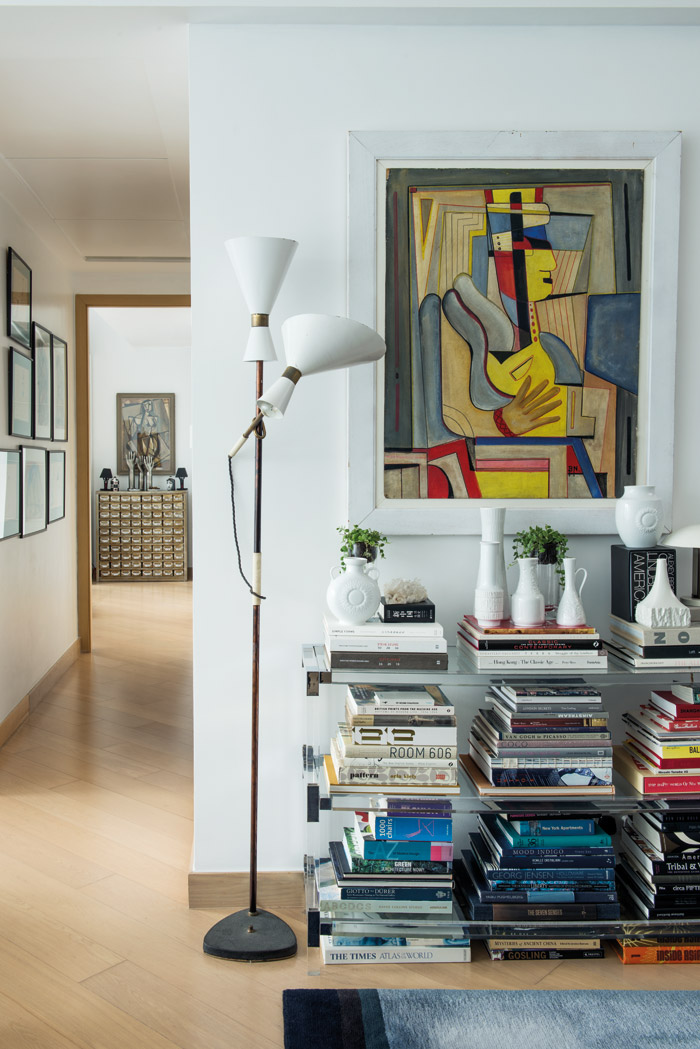
Soaring ceilings and a generous open-plan room greets you as you enter, with two rugs by designer Omar Khan created in partnership with Lane Crawford anchoring the space and defining how each part is used, at the same time connecting the living and dining areas through their repeating layering of muted blues.
Mid-century icons, including the Eero Saarinen-designed Pedestal Table and Eames’ Plastic Chairs, sit comfortably with industrial-tinged metal display cabinets, vibrant canvases and an eclectic collection of objets d’art that ranges from chalkware figurines to X+Q Art’s seated angels.
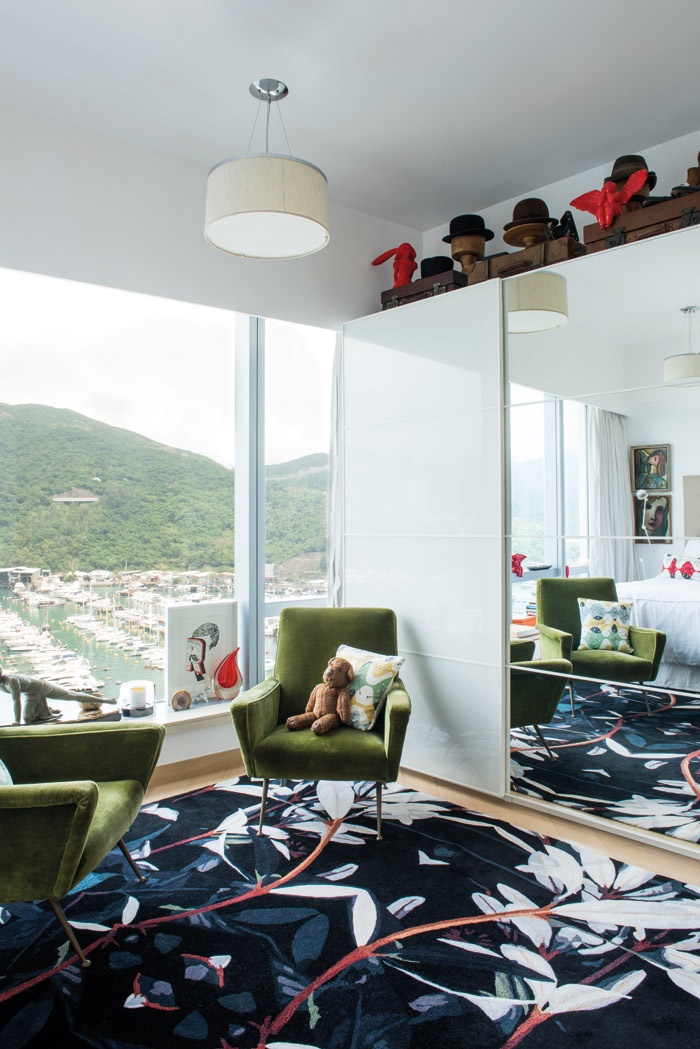
A glass chandelier from Venini that was handmade in the brand’s Venice studio in the 1940s hangs above the dining table, while a ’60s chrome pendant illuminates a Willy Rizzo coffee table from the same period – all statement pieces that, in this space, work together to create an aesthetic that is greater than the sum of its parts.
The guest bedroom is clean, simple and comfortable, often occupied by the couple’s visiting friends, while the master bedroom with en suite bathroom again illustrates the enviable ease with which Ross and Darrel mix the old and the new.
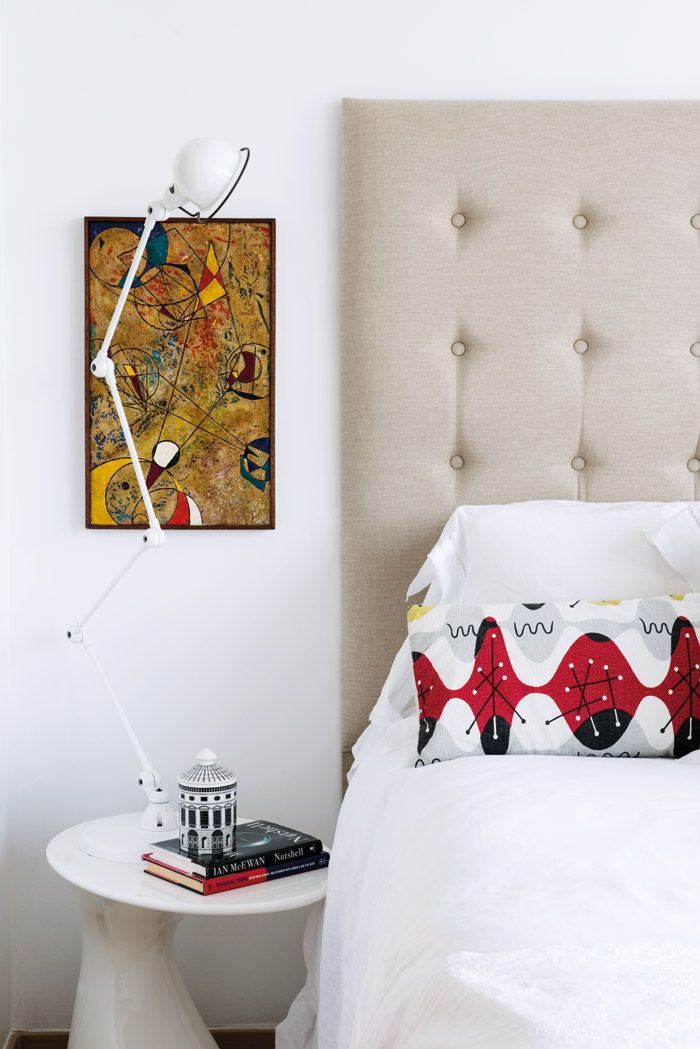
Here a pair of vintage Italian lounge chairs are the perfect accompaniment to another rug from Omar Khan’s collection for Lane Crawford, as well as an eye-catching industrial piece from the ’40s – Ross muses that it would have started life housing tools in a workshop – whose drawers now play host to sunglasses, cufflinks, watches and other accessories.
The finishing touch is Ross’ childhood teddy bear, which serves as a charming reminder that this home’s success lies not only in its design credentials, but also in the tastes and personalities of the couple that have crafted it.
